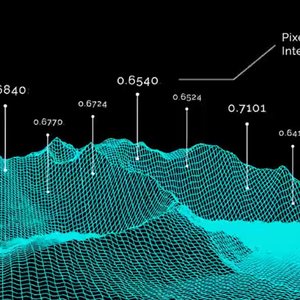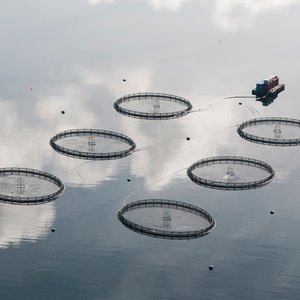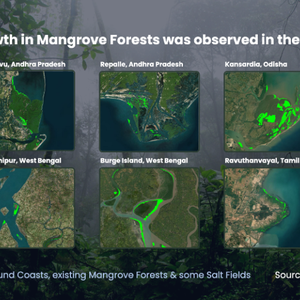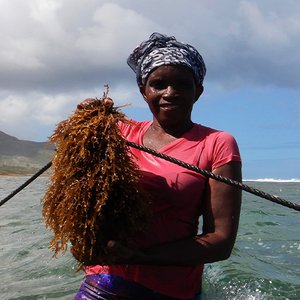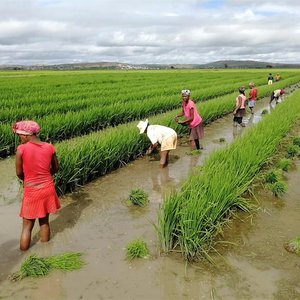While the 2015–16 El Niño remains at weak to moderate levels, recent changes in the tropical Pacific Ocean and atmosphere, combined with current climate model outlooks, suggest the likelihood of La Niña forming in 2016 has increased to around 50%. As a result, both the Australian Bureau of Meteorology\'s ENSO Outlook status and NOAA\'s have moved to La Niña WATCH. This should be good news for fishmeal supplies: La Niña usually has a positive impact on fishing in South America, where upwelling brings cold, nutrient-rich waters to the surface.
La Niña events may last between one and three years, unlike El Niño, which usually lasts no more than a year. Both phenomena tend to peak during the Northern Hemisphere winter.
Temperatures below the Pacific Ocean surface have declined since late 2015, with all but the top 50 metres now cooler than normal. At the sea surface, temperatures have cooled by over 1 °C since their peak, but remain warmer than average and still at El Niño levels. The Southern Oscillation Index and trade winds also show clear signs that El Niño is in decline. The SOI has recently risen to near-neutral levels, while trade winds are near normal. However some indicators, such as cloudiness near the Date Line, have shown only a limited shift away from El Niño patterns.
International climate models suggest El Niño will continue to weaken during the southern autumn, returning to neutral levels by mid-2016. By spring, five of the eight surveyed models suggest La Niña is likely, with three remaining neutral. ENSO forecasts made at this time of year tend to have lower accuracy than at other times, with a clearer picture to emerge over the coming months.
La Niña is often, but not always, associated with above-average winter-spring rainfall over northern, central and eastern Australia.



